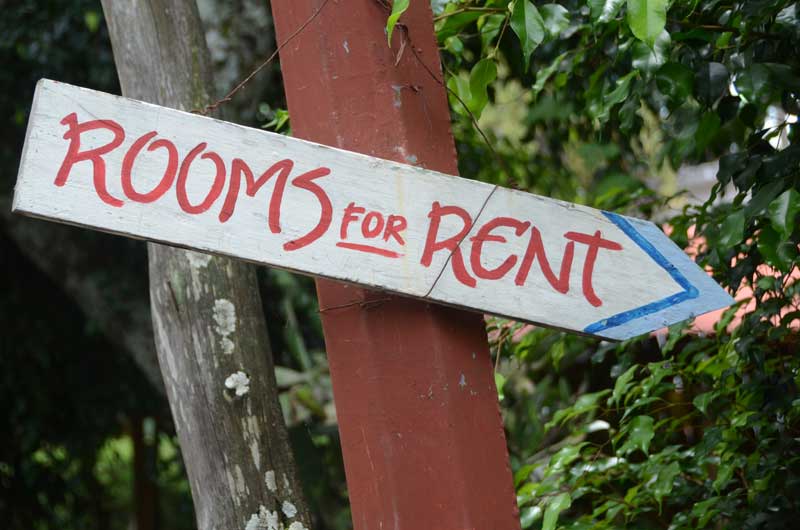 Landlords should face tighter borrowing rules and tougher affordability tests according. That’s the verdict of the Bank of England. The bank wants to crack down on the problem of buy-to-let lending. The Prudential Regulation Authority, which regulates banks, has said that it wants to make checks stricter. This will ensure that buy-to-let investors will be able to repay their debts. And they will also have to prove that they could cope with higher interest rates if they were to rise in the future. This should weed out those landlords who can’t really afford to invest.
Landlords should face tighter borrowing rules and tougher affordability tests according. That’s the verdict of the Bank of England. The bank wants to crack down on the problem of buy-to-let lending. The Prudential Regulation Authority, which regulates banks, has said that it wants to make checks stricter. This will ensure that buy-to-let investors will be able to repay their debts. And they will also have to prove that they could cope with higher interest rates if they were to rise in the future. This should weed out those landlords who can’t really afford to invest.
It’s feared that many lenders have weak underwriting standards, which means that they pose an economic risk. If they are lending too easily to people who want to be landlords, then this could be one of the factors causing problems in the property market. If lending continues to surge though, it won’t just pose a threat to the property market. The entire financial sector could be put under pressure as well. The aim is to cut the amount of lending in the buy-to-let market by 10-20% in the next couple of years.
Lenders are also being encouraged to take higher taxes on buy-to-let investing into account too. The recent stamp duty changes will put an extra burden on landlords, which is another effort to limit the buy-to-let market. Those higher taxes could see more landlords getting into financial difficulties. And that could have a knock-on impact on the financial sector. To combat this problem, lenders are being told to look at a landlord’s financial situation in detail before lending them money. When landlords are planning for rapid growth, they take more risks. So, when the tax hikes hit them, they could be caught off guard, plunging them into debts and financial losses.
The proposals to tighten borrowing rules and affordability tests are still only proposals though. The PRA has made its position clear, and now the proposals have been put out for consultation. Recently there was a big rise in buy-to-let purchases. This came about as landlords tried to buy properties before the stamp duty rises came into effect. It’s hoped that making it harder for people to borrow money to fund their buy-to-let investments will prevent a property bubble. The rise in stamp duty for people buying a second home aims to do the same thing.
The PRA conducted research that showed that a quarter of lenders in the market need to improve their underwriting standards. These changes to the system will certainly be protested by landlords who feel like they have been persecuted twice in recent months. But there are some people who think that these restrictions are not going far enough. The Bank of England could have gone further by capping the loan-to-value ratio. The fact that they have not done this shows that they are trying to tackle the issue while also minimising the fallout that it might cause. How the rules translate in reality remains to be seen, but we’ll find out in the next couple of years.
Are you looking for a Buy to Let Mortgage? We can probably help you. For more information and to apply please visit our Buy to Let Mortgage page.
DISCLAIMER: These articles are for information only and should not be construed as advice. You should always seek advice prior to taking any action.
